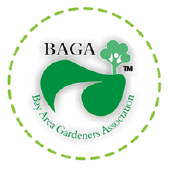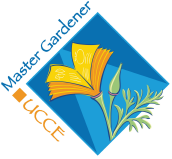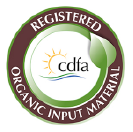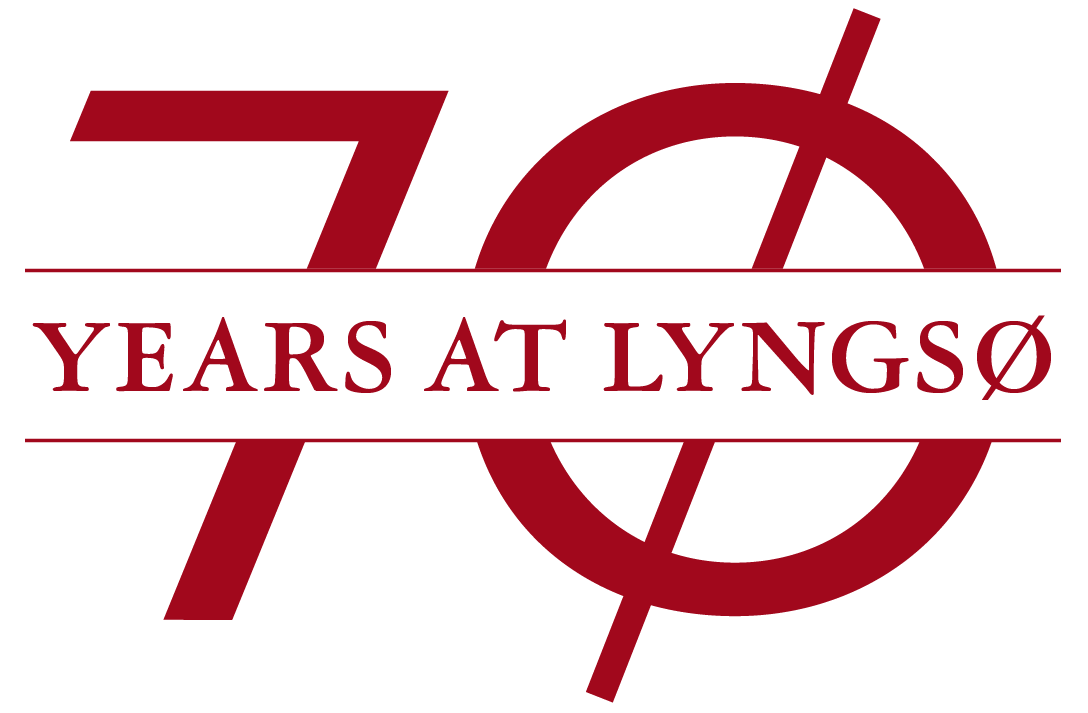Planting just one pollinator-friendly plant can make a huge difference. By helping our pollinator insects such as bees, butterflies, beetles, and wasps, we are supporting the growth of native plants, the blooming of flowers, and fruit production.
Did you know pollinators are responsible for pollinating three-fourths of all flowering plants and the crops that produce more than one-third of the world’s food supply?
Simply put, insects are the basis of our entire ecosystem. Without them, the birds, fish, and small mammals that depend on them decline. If this happens, the entire ecosystem and food web are impacted.
Tips for Building a Pollinator Garden
Prioritize Native Pollinator Plants
Not every plant has to be native, but native plants will thrive the best in their natural habitat and weather conditions and bring in an abundance of pollinators. Native plants evolved with native insects, birds, and other wildlife, so why not play a role in supporting an ecosystem to help them thrive? Exotic, non-native plants could sometimes wipe out insect species, so avoiding them is wise.
Some wonderful pollinator plants native to San Mateo and San Francisco are Paprika Yarrow, California Narrow-lead Milkweed, Butterfly Bush, and Mendocino Reed Grass.
Find the complete Pollinator Plant List here for San Mateo and San Francisco Counties.
Additional tips for planting pollinator plants include:
- Planting in clusters to create a target for pollinators to find them
- Leave small areas or patches for “weeds” and wildflowers to grow. Insects love them
- Consider diversifying sources of nectar such as flowers, shrubs, and trees. Early in Spring, when food is scarce for insects, trees and shrubs such as willow, poplar, dogwood, cherry, blueberry, and plum are all great options
- Choose plants that continuously bloom throughout the growing season from spring to fall to maximize pollination
- Plant pollinator strips or wildflower borders along the edges of fields or around your fruit trees and vegetable patches. Not only will this support bees, but it will also improve crops’ pollination and attract other pollinators such as wasps that control crop pests
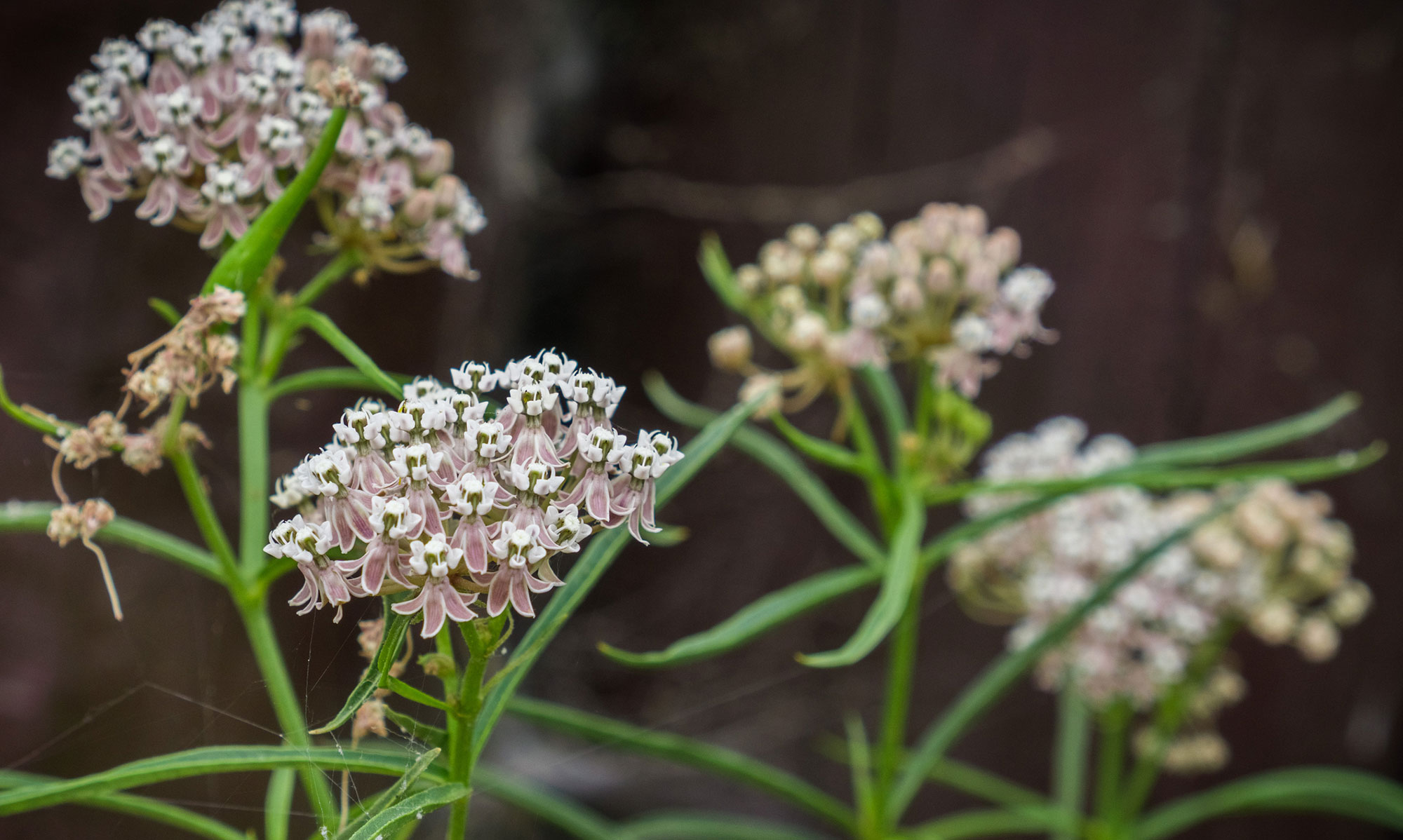
Quality of Soil and Compost for Pollinator Gardens
The quality of your soil matters for growing thriving pollinator plants, so don’t skip this step. Organic soil amendments are a great option to take things up a notch. Our Organic Amendment Mix is a blend of Organic Green Waste Garden Compost, Redwood Sawdust, and Organic Feather Meal. It is the perfect soil blend for shrubs, trees, and your pollinator garden.
A crucial piece supporting organic growth is compost for vegetable gardens, flowers, and your native plants. Composting is an eco-friendly strategy that uses organic matter to create nutrient-rich soil. You can encourage compost worms and beneficial insects to create fertile soil with yard clippings, fallen leaves, and organic food waste such as egg shells, fruit, and vegetable peels.
However, creating your compost takes a few months, so you could get things started with our Diestel Structured Compost to deliver vitality to your soil. This completely finished compost is sourced directly from the Diestel family turkey ranch, where turkeys are fed an organic, non-GMO diet, are allowed to develop at a natural growth rate, and are composted with forest trimmings from the Sierra Nevada Foothills.
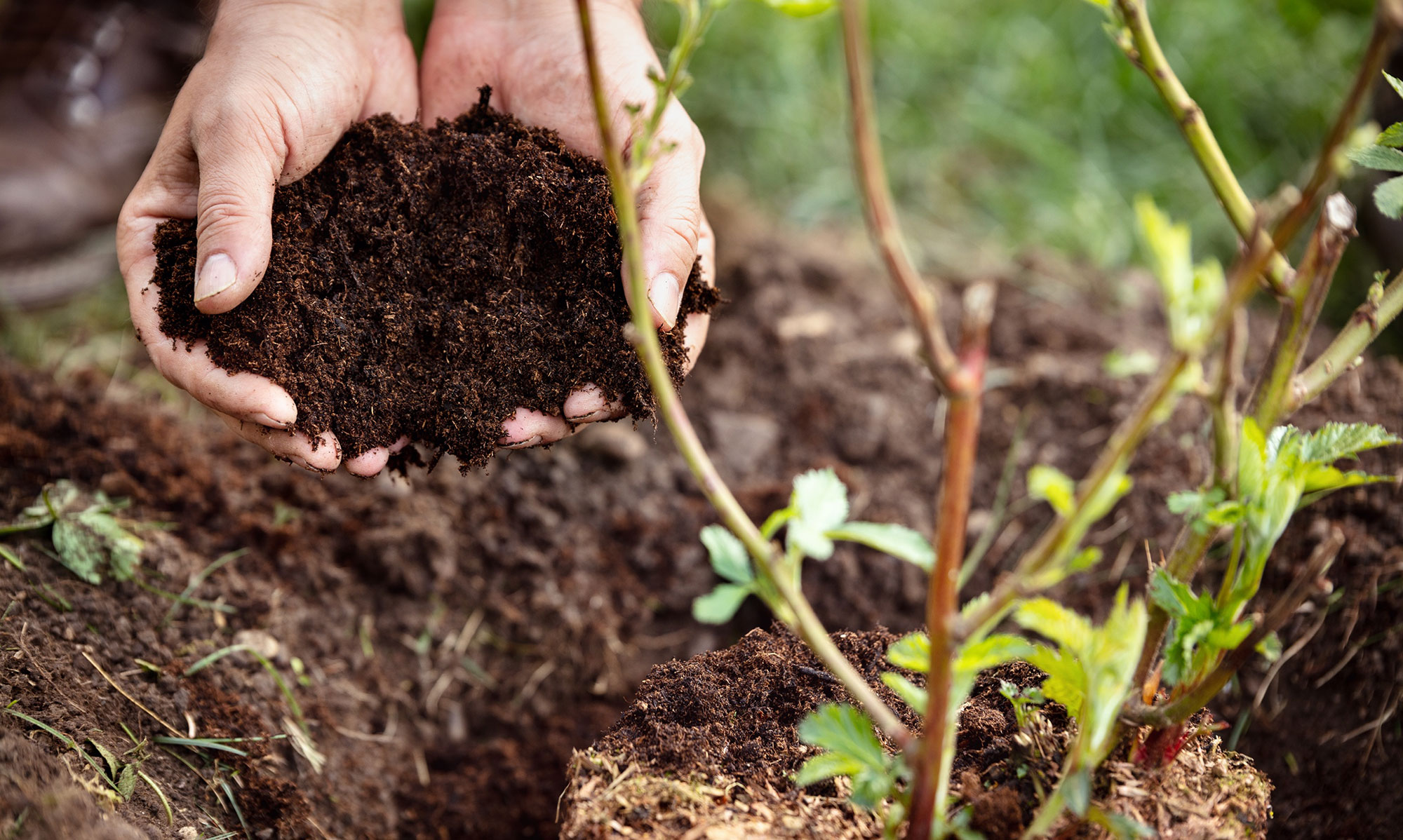
Go Chemical and Pesticide Free
It can be tempting to want to use chemicals to deter pests from eating up your garden. But there are specific strategies you can use that won’t harm the food you’re growing and the beneficial insects necessary for the ecosystem.
Unfortunately, chemical pesticides and fertilizers can ultimately end up in rivers, oceans, and wetlands. And worse, pesticides can kill many more creatures than the one you are targeting.
Instead of spraying chemicals, consider organic options such as diatomaceous earth or neem oil. Some gardeners cover their plants at certain times of the year when fruit and vegetables are blooming. If you must use pesticides, consider organic ones. Refer to the University of California’s Integrated Pest Management Program for best practices.
Water Conservation for Your Pollinator Garden
Irrigating with care is a very critical piece to a successful pollination-friendly landscape.
For dry areas or seasons, consider native plants that are naturally drought-tolerant such as speedwell or sedum. Consider moisture-tolerant plants such as canna, ferns, or iris in wet areas.
To conserve water, try to avoid overhead sprinklers or put them on effective timers. Consider a drip irrigation system that waters specific garden areas, and set zone-specific timers for trees, flowerbeds, etc. You can also harvest your rainwater during rainy periods. Rain gardens help filter out pollutants in runoff and double as a shelter for butterflies, birds, and other wildlife.
We hope these tips inspire you to do your part in reducing your environmental impact and grow an eco-friendly garden to support our pollinator friends that play a vital role in our ecosystem!
If you have questions about our organic soil amendments, compost, or need assistance with a pollinator garden, our family at Lyngso is here to help! Please don’t hesitate to contact us.







